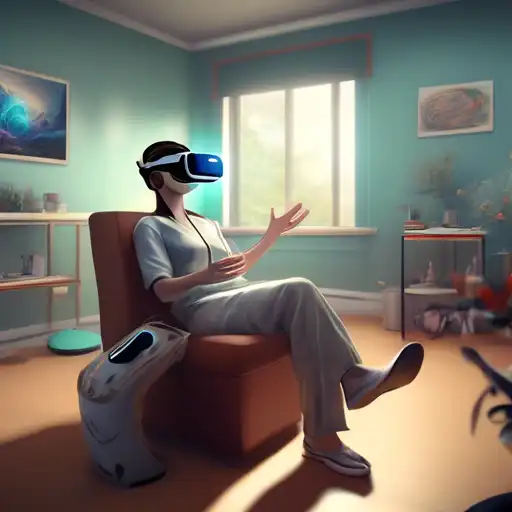The Transformative Role of Virtual Reality in Therapeutic Practices
Virtual Reality (VR) technology has transcended its initial entertainment-centric applications, paving the way for groundbreaking uses in therapy. This immersive technology is now being leveraged to treat a variety of psychological and physical conditions, offering patients and therapists innovative tools for healing and rehabilitation.
Understanding VR Therapy
VR therapy involves the use of virtual reality simulations to create controlled environments where patients can face and work through their issues under the guidance of a therapist. This method has shown remarkable efficacy in treating conditions such as PTSD, anxiety disorders, and phobias.
Applications of VR in Therapy
The applications of VR in therapy are vast and varied. Below are some of the key areas where VR is making a significant impact:
- Mental Health: VR is used to simulate scenarios that help individuals confront and manage their fears in a safe environment.
- Physical Rehabilitation: Patients recovering from strokes or injuries use VR to regain motor skills through engaging and interactive exercises.
- Pain Management: VR distracts patients from pain during medical procedures or chronic pain management, reducing the need for medication.
- Autism Spectrum Disorders: VR helps individuals with autism develop social skills by simulating real-life interactions.
Benefits of VR Therapy
VR therapy offers numerous benefits over traditional therapeutic methods. It provides a safe, controlled environment for exposure therapy, enables precise measurement of patient responses, and can be tailored to each individual's needs. Moreover, it offers a cost-effective solution for both therapists and patients, reducing the need for physical resources.
Challenges and Future Directions
Despite its potential, VR therapy faces challenges such as high initial costs and the need for further research to fully understand its long-term effects. However, as technology advances and becomes more accessible, VR therapy is expected to become a staple in therapeutic practices.
For those interested in exploring more about how technology is revolutionizing healthcare, check out our article on The Future of Telemedicine.
In conclusion, VR is transforming the landscape of therapy, offering innovative solutions to age-old problems. Its ability to simulate real-life scenarios in a controlled environment makes it an invaluable tool in the therapeutic arsenal. As research continues and technology evolves, the potential applications of VR in therapy are bound to expand, further revolutionizing the field.
